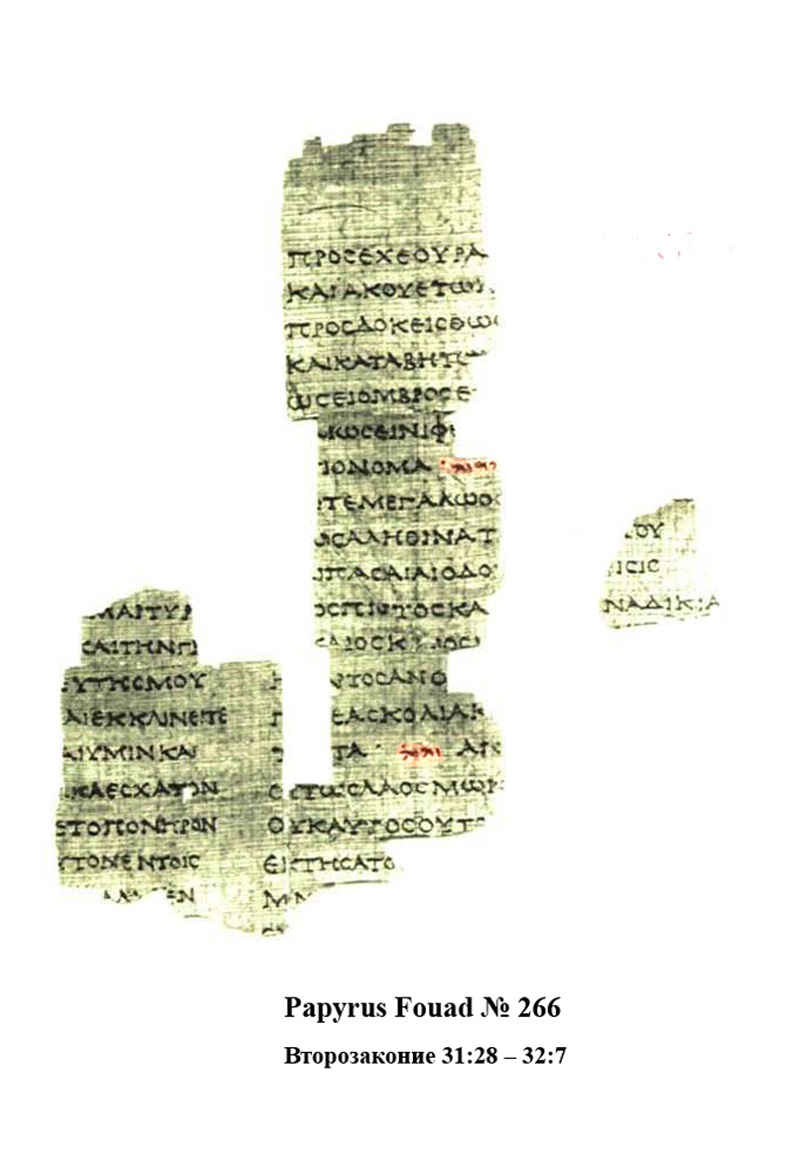|
Battle Of Emmaus
The Battle of Emmaus took place around September 165 BC during the Maccabean Revolt between Judean rebels, led by Judas Maccabeus (Judah Maccabee), and an expedition of Seleucid Empire forces under generals Gorgias, Ptolemy the son of Dorymenes, and Nicanor near Emmaus. The battle was won by the Maccabee rebels, who marched by night and surprised the Seleucid camp while many soldiers were absent. The victorious Maccabees looted the Greek camp for valuables and likely weapons to help further their cause. Primary sources The Battle of Emmaus is recorded in the books of 1 Maccabees (), 2 Maccabees (), and Josephus's ''Antiquities of the Jews'' Book 12. In general, the account in 1 Maccabees gives a more detailed description of the battle and the rebel army, and the author was possibly even a personal eyewitness to the battle. The description in 2 Maccabees gives a more accurate depiction of the Seleucid forces and commanders, but its depiction of the battle is more focused on ... [...More Info...] [...Related Items...] OR: [Wikipedia] [Google] [Baidu] |
Maccabean Revolt
The Maccabean Revolt () was a Jewish rebellion led by the Maccabees against the Seleucid Empire and against Hellenistic influence on Jewish life. The main phase of the revolt lasted from 167 to 160 BCE and ended with the Seleucids in control of Judea, but conflict between the Maccabees, Hellenized Jews, and the Seleucids continued until 134 BCE, with the Maccabees eventually attaining independence. Seleucid King Antiochus IV Epiphanes launched a massive campaign of repression against the Jewish religion in 168 BCE. The reason he did so is not entirely clear, but it seems to have been related to the King mistaking an internal conflict among the Jewish priesthood as a full-scale rebellion. Jewish practices were banned, Jerusalem was placed under direct Seleucid control, and the Second Temple in Jerusalem was made the site of a syncretic Pagan-Jewish cult. This repression triggered the revolt that Antiochus IV had feared, with a group of Jewish fighters led by Judas Maccabeus (J ... [...More Info...] [...Related Items...] OR: [Wikipedia] [Google] [Baidu] |
Antioch
Antioch on the Orontes (; , ) "Antioch on Daphne"; or "Antioch the Great"; ; ; ; ; ; ; . was a Hellenistic Greek city founded by Seleucus I Nicator in 300 BC. One of the most important Greek cities of the Hellenistic period, it served as the capital of the Seleucid Empire and later as regional capital to both the Roman and Byzantine Empire. During the Crusades, Antioch served as the capital of the Principality of Antioch, one of four Crusader states that were founded in the Levant. Its inhabitants were known as ''Antiochenes''. The remains of the ancient city of Antioch are mostly buried beneath alluvial deposits from the Orontes River. The modern city of Antakya, in Hatay Province of Turkey, lies in its place. Antioch was founded near the end of the fourth century BC by Seleucus I Nicator, one of Alexander the Great's generals, as one of the tetrapoleis of Seleucis of Syria. Seleucus encouraged Greeks from all over the Mediterranean to settle in the city. The ci ... [...More Info...] [...Related Items...] OR: [Wikipedia] [Google] [Baidu] |
Palisade
A palisade, sometimes called a stakewall or a paling, is typically a row of closely placed, high vertical standing tree trunks or wooden or iron stakes used as a fence for enclosure or as a defensive wall. Palisades can form a stockade. Etymology ''Palisade'' derives from ''pale'', from the Latin word ', meaning stake, specifically when used side by side to create a wood defensive wall. In turn, ''pālus'' derives from the Old Italic word ''palūts'', which may possibly derive from the Proto-Indo-European word ''pelh'', meaning pale or gray. It may be related to the Proto-Uralic word ''pil'me'' (uncertain meaning) or the word ''pilwe'', meaning cloud. (see wikt:pale#Etymology_2, 'pale', English: Etymology 2 on Wiktionary). Typical construction Typical construction consisted of small or mid-sized tree trunks aligned vertically, with as little free space in between as possible. The trunks were sharpened or pointed at the top, and were driven into the ground and sometimes rein ... [...More Info...] [...Related Items...] OR: [Wikipedia] [Google] [Baidu] |
Peltast
A ''peltast'' (, ) was a type of light infantry originating in Thracians, Thrace and Paeonia (kingdom), Paeonia and named after the kind of shield he carried.Williams, Mary Frances. "Philopoemen's special forces: Peltasts and a new kind of greek light-armed warfare (Livy 35.27) " ''Historia: Zeitschrift Für Alte Geschichte'' H. 3 (2004): 257-277. Thucydides mentions the Thracian peltasts, while Xenophon in the Anabasis (Xenophon), Anabasis distinguishes the Thracian and Greek peltast troops. The peltast often served as a skirmisher in Hellenistic period, Hellenistic armies. In the Middle Ages, the same term was used for a type of Byzantine Empire, Byzantine infantryman. Description ''Pelte'' shield ...[...More Info...] [...Related Items...] OR: [Wikipedia] [Google] [Baidu] |
Betrothed
An engagement or betrothal is the period of time between the declaration of acceptance of a marriage proposal and the marriage itself (which is typically but not always commenced with a wedding). During this period, a couple is said to be ''fiancés'' (from wikt:fiancé#French, the French), "betrothed", "intended", "affianced", "engaged to be married", or simply "engaged". Future brides and grooms may be called ''fiancée'' (feminine) or ''fiancé'' (masculine), "the betrothed", "wife-to-be" or "husband-to-be", respectively. The duration of the courtship varies vastly, and is largely dependent on cultural norms or upon the agreement of the parties involved. Long engagements were once common in formal arranged marriages, and it was not uncommon for parents betrothing children to arrange marriages many years before the engaged couple were old enough. This is still done in some countries. Many traditional Christian denominations have optional rites for Christian betrothal (also k ... [...More Info...] [...Related Items...] OR: [Wikipedia] [Google] [Baidu] |
Book Of Deuteronomy
Deuteronomy (; ) is the fifth book of the Torah (in Judaism), where it is called () which makes it the fifth book of the Hebrew Bible and Christian Old Testament. Chapters 1–30 of the book consist of three sermons or speeches delivered to the Israelites by Moses on the Plains of Moab, shortly before they enter the Promised Land. The first sermon recounts the Moses#The years in the wilderness, forty years of wilderness wanderings which had led to that moment and ends with an exhortation to observe the law. The second sermon reminds the Israelites of the need to follow Yahweh and the laws (or teachings) he has given them, on which their possession of the land depends. The third sermon offers the comfort that, even should the nation of Israel prove unfaithful and so lose the land, with repentance all can be restored. The final four chapters (31–34) contain the Song of Moses, the Blessing of Moses, and the narratives recounting the passing of the mantle of leadership from Mose ... [...More Info...] [...Related Items...] OR: [Wikipedia] [Google] [Baidu] |
Jerusalem
Jerusalem is a city in the Southern Levant, on a plateau in the Judaean Mountains between the Mediterranean Sea, Mediterranean and the Dead Sea. It is one of the List of oldest continuously inhabited cities, oldest cities in the world, and is considered Holy city, holy to the three major Abrahamic religions—Judaism, Christianity, and Islam. Both Israel and Palestine claim Jerusalem as their capital city; Israel maintains its primary governmental institutions there, while Palestine ultimately foresees it as its seat of power. Neither claim is widely Status of Jerusalem, recognized internationally. Throughout History of Jerusalem, its long history, Jerusalem has been destroyed at least twice, Siege of Jerusalem (other), besieged 23 times, captured and recaptured 44 times, and attacked 52 times. According to Eric H. Cline's tally in Jerusalem Besieged. The part of Jerusalem called the City of David (historic), City of David shows first signs of settlement in the 4th ... [...More Info...] [...Related Items...] OR: [Wikipedia] [Google] [Baidu] |
Mizpah In Benjamin
Mitzpah () was a city of the tribe of Benjamin; it is referred to multiple times in the Hebrew Bible. Tell en-Nasbeh is one of three sites often identified with the Mitzpah of Benjamin, and is located about north of Jerusalem. The other suggested locations are Nabi Samwil, which is some northwest of the Old City of Jerusalem (situated on the highest hill in the vicinity, above the plain of Gibeon),Nehemiah Chapter 3 Verse 7 Mechon Mamre and Shuafat, a village situated on a flat spur to the northwest of Jerusalem and from where Jerusalem is visible. [...More Info...] [...Related Items...] OR: [Wikipedia] [Google] [Baidu] |
Ayalon Valley
The Ayalon Valley ( or , ''ʾAyyālōn''), also written Aijalon and Ajalon, is a valley in the lowland of the Shephelah in Israel. The Ayalon Valley has been an important route connecting the coastal plain and Jerusalem for generations. Due to its location, several battles were fought in its vicinity. The Hebrew Bible gives the valley its name from Ayalon, a city that the Tribe of Dan possessed before their migration to the north. In the modern period, ancient Ayalon was identified with the former village of Yalo at the base of the Bethoron pass, which preserved the ancient, biblical name. Today, the Ayalon Valley is home to several ''kibbutzim'' and ''moshavim'', including Sha'alvim, Mishmar Ayalon, Nahshon, and Kfar Bin Nun. The valley is also home to Canada Park, a national park, the Yad La-Shiryon (Armored Corps Museum), Mini Israel, the Latrun Monastery and Emmaus Nicopolis, an archeological site commonly identified with Emmaus of the New Testament. History In the T ... [...More Info...] [...Related Items...] OR: [Wikipedia] [Google] [Baidu] |
Talent (measurement)
The talent (Ancient Greek: , ''talanton'', Latin: , Biblical Hebrew: ''kikkar'' כִּכָּר, Ugaritic: ''kkr'' (𐎋𐎋𐎗), Phoenician: ''kkr'' (𐤒𐤒𐤓), Syriac: ''kakra'' (ܟܲܟܪܵܐ),, Akkadian: ''kakkaru'' or ''gaggaru'' in the Amarna letters, Amarna tablets, later Aramaic: ()) was a unit of weight used in the ancient world, often used for weighing gold and silver. In the Hebrew Bible, it is recorded that the gold used in the work of the sanctuary (Tabernacle, tabernacle), where the Ark of the Covenant was, weighed 29 talents and 730 shekels , and silver 100 talents and 1775 shekels. (1 talent=3000 shekels. ) The enormous wealth of King Solomon is described as receiving 666 gold talents a year. The talent is also mentioned in connection with other metals, ivory, and frankincense. In Homer's poems, it is always used of gold and is thought to have been quite a small weight of about , approximately the same as the later gold stater coin or Persian daric. In lat ... [...More Info...] [...Related Items...] OR: [Wikipedia] [Google] [Baidu] |
Phoenicia
Phoenicians were an Ancient Semitic-speaking peoples, ancient Semitic group of people who lived in the Phoenician city-states along a coastal strip in the Levant region of the eastern Mediterranean, primarily modern Lebanon and the Syria, Syrian coast. They developed a Maritime history, maritime civilization which expanded and contracted throughout history, with the core of their culture stretching from Arwad in modern Syria to Mount Carmel. The Phoenicians extended their cultural influence through trade and colonization throughout the Mediterranean, from Cyprus to the Iberian Peninsula, evidenced by thousands of Canaanite and Aramaic inscriptions, Phoenician inscriptions. The Phoenicians directly succeeded the Bronze Age Canaanites, continuing their cultural traditions after the decline of most major Mediterranean basin cultures in the Late Bronze Age collapse and into the Iron Age without interruption. They called themselves Canaanites and referred to their land as Canaan, but ... [...More Info...] [...Related Items...] OR: [Wikipedia] [Google] [Baidu] |









